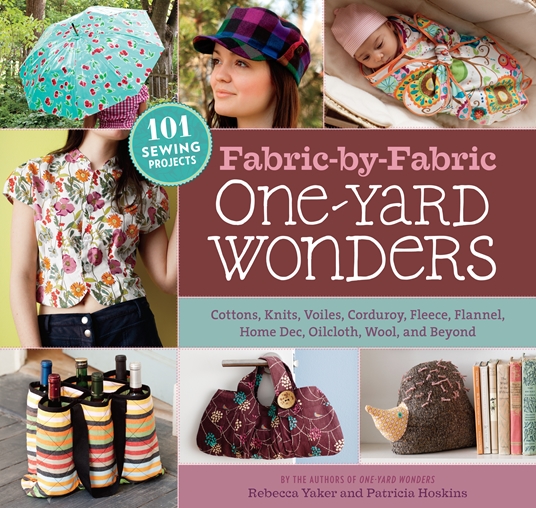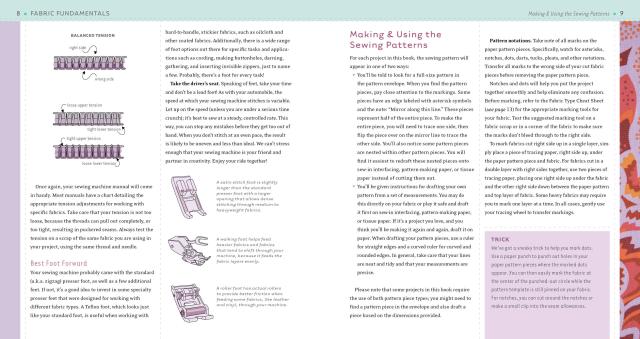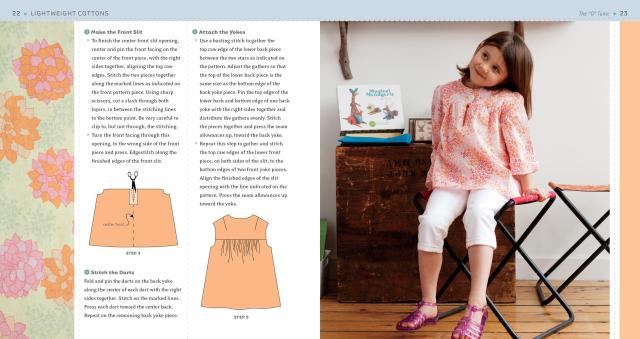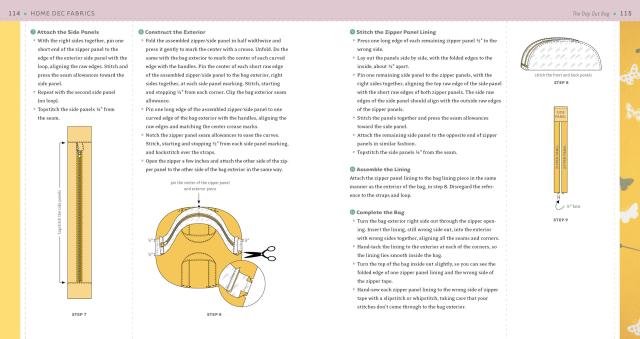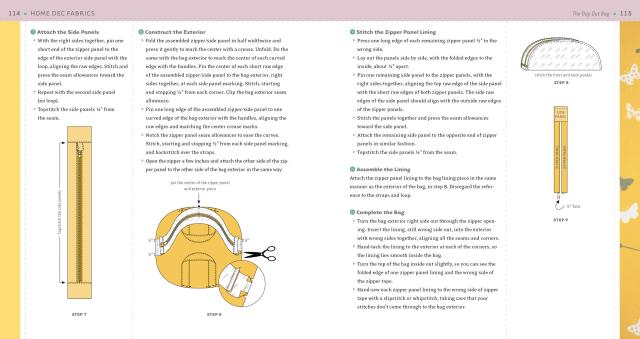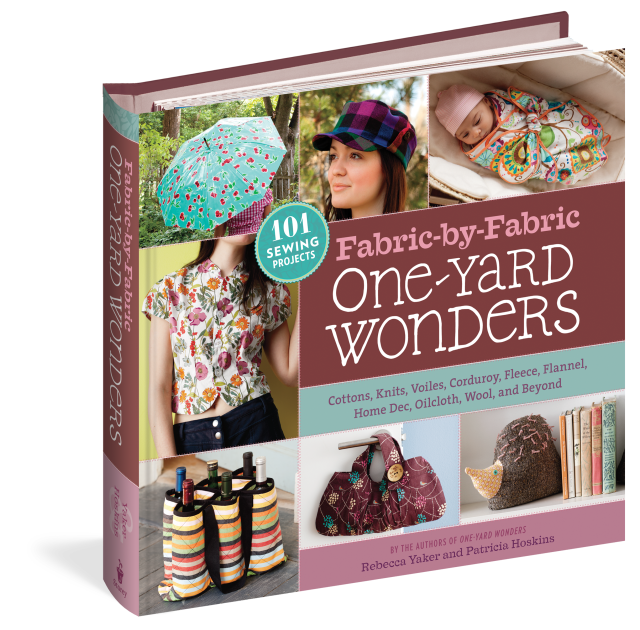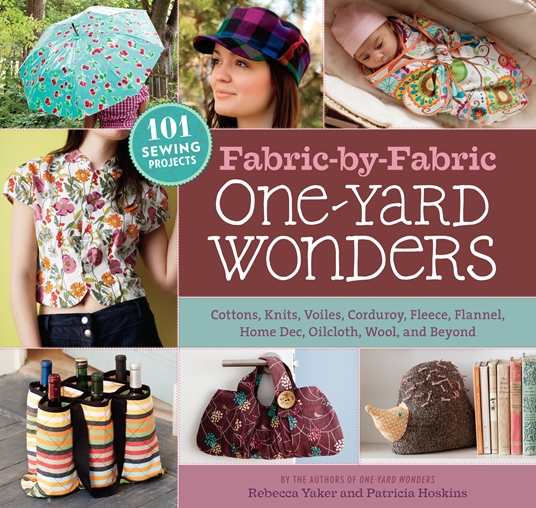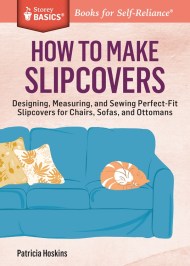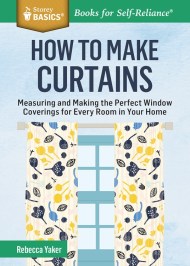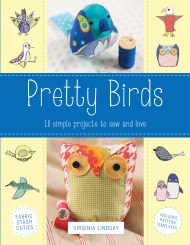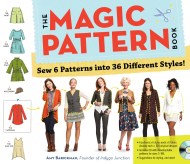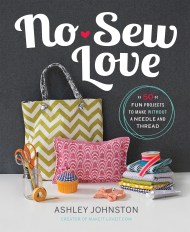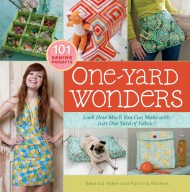Promotion
Use code FALL24 for 20% off sitewide!
Fabric-by-Fabric One-Yard Wonders
101 Sewing Projects Using Cottons, Knits, Voiles, Corduroy, Fleece, Flannel, Home Dec, Oilcloth, Wool, and Beyond
Contributors
Formats and Prices
Price
$29.95Price
$39.95 CADFormat
Format:
Spiral bound $29.95 $39.95 CADThis item is a preorder. Your payment method will be charged immediately, and the product is expected to ship on or around November 16, 2011. This date is subject to change due to shipping delays beyond our control.
Also available from:
This One-Yard Wonders collection organizes projects by fabric type so that you can make the most of each cloth’s unique characteristics. Find the best uses for all your different fabrics as you learn to use stretchy jersey knits for a ruffle scarf, lightweight cotton voile for a girl’s sundress, and sturdy corduroy for a tote. Easy-to-follow illustrated instructions are provided for 101 projects, each requiring just a single yard of fabric. Get inspired and show off your individual style, one yard at a time!
Genre:
Series:
- On Sale
- Nov 16, 2011
- Page Count
- 416 pages
- Publisher
- Storey
- ISBN-13
- 9781603425865
Newsletter Signup
By clicking ‘Sign Up,’ I acknowledge that I have read and agree to Hachette Book Group’s Privacy Policy and Terms of Use
